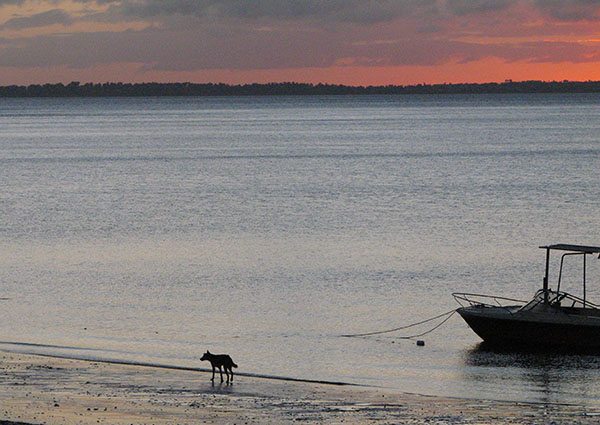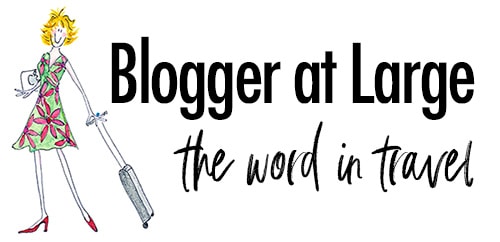If you’re heading to the Dingo territory on Queensland’s Fraser Island, this one’s for you. Beware of the scary dingo, as encounters with these wild dogs can be both thrilling and unnerving.
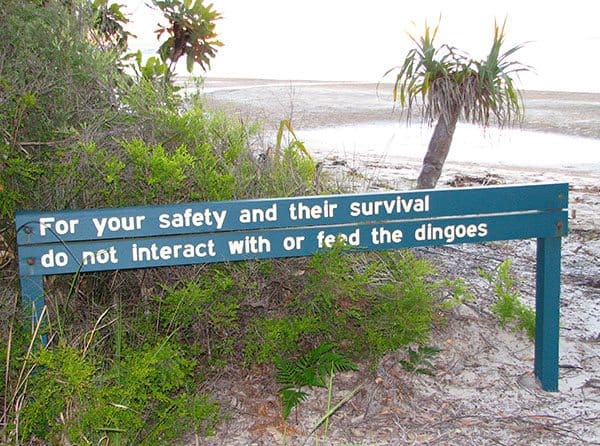
Fraser Island is home to a few packs of these wild dogs and while you might want to make them your friend, especially the cute and curious pups, it is a huge no-no.
Dingoes: Friend or foe?
Dingos are wild dogs that have been living in Australia for thousands of years. They are an important part of the Australian ecosystem, and they play a role in controlling populations of other animals, such as rabbits, foxes, and kangaroos. However, dingoes have also been known to attack livestock and people, and they are often considered pests.
Dingoes are actually more like wolves than dogs, so the last thing resorts and tourism operators want is for people to encourage them to hang around, scavenge food (which they do anyway), and become unafraid of humans.
So, are dingoes friends or foes? The answer is not simple. Dingos can be both beneficial and harmful to humans. As the sign says, it’s best to avoid interacting with these wild animals.
Dingo Discovery facts
I was staying at eco-lodge Kingfisher Bay Resort where signs are displayed about how to keep ‘dingo safe’ and the property is surrounded by a fence to the beach and surrounding bush.
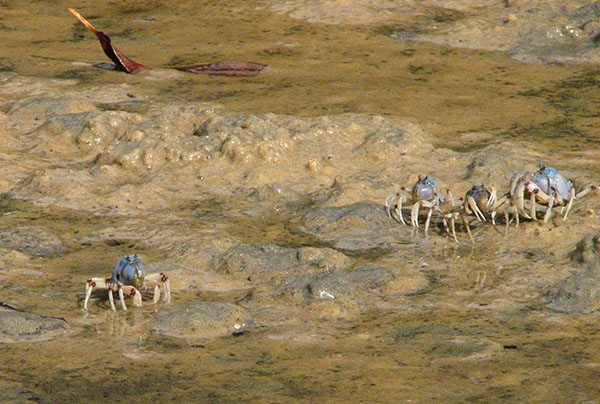
Wanting to be doubly safe, I also went to the Dingo Discovery talk led by Sonya (actually it was just me and Sonya – everyone else was off at the Fishing Off the Pier and Drinking Beer seminar) and learned all sorts of fascinating facts about these aggressive dogs that were brought in from Asia 5,000 years ago.
These breeds of canines are social animals and live in packs of up to 12 individuals. If ever you see one wandering nearby, expect that the pack is somewhere nearby waiting for a howl or bark. They are also excellent hunters and are protected under Australian Law.
The dingo fence
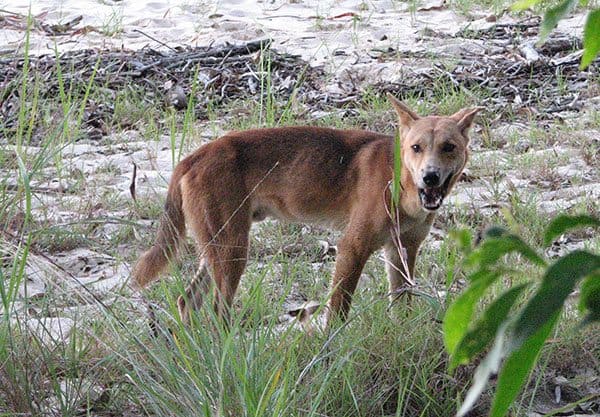
Did you know that there is a monstrous 5,614km fence surrounding New South Wales, half of South Australia, and up into Queensland? It’s the longest man-made structure ever built just to keep dingoes out.
Built with a combination of wire mesh and barbed wire, the fence acts as a significant deterrent, reducing the threat posed by dingoes to livestock, particularly sheep and cattle.
The fence was first proposed in 1860 by the Queensland government, but it wasn’t until 1880 that construction began. Completed in 1885, it was an immediate success. Sheep losses to dingoes dropped dramatically.
Just like the Great Wall of China, the Dingo Fence can also be seen from space – and no one’s ever told me!
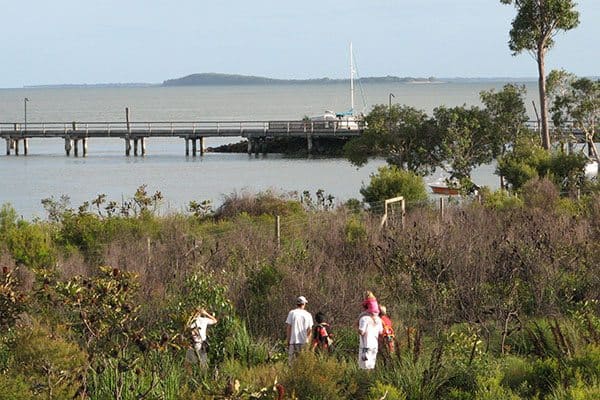
My encounter with a dingo
Anyhoo, the upshot of all this information was that I desperately wanted to see one “scary dingo”. But they’re wily creatures and don’t show up often, although apparently, a family does live near the lodge.
I went to the pier to catch the end of the seminar and kept my eyes peeled and there he was, just at sunset skulking along the beach. A young male hoping for a morsel or to play with that group of small children on the sand… Suffice it to say the adult with them scared him off. But they look so docile and harmless?!
